
The global steel industry is poised for more trade protection measures in 2025. With rising imports and global overcapacity, countries are strengthening efforts to protect their domestic markets with steel trade protection measures. Steel producers, industry groups, and governments are increasingly focused on curbing unfair imports and safeguarding the competitiveness of their industries.
European Steel Producers Demand Stronger Import Barriers
In Europe, steel producers are intensifying their push for stronger import protection. Eurofer, the industry group for European steelmakers, has called on the European Union to implement emergency measures. These include imposing tariffs on steel imports to counteract the influx of low-cost steel from countries with fewer environmental regulations. This aligns with the broader strategy of steel trade protection.
The push for action comes as the EU accelerates decarbonization goals, investing billions of euros in green steel initiatives. Eurofer argues that current measures are insufficient to tackle the rise of steel imports. Countries with lower production costs continue to flood the European market, undermining local steel industries. Eurofer’s efforts already led to changes in the EU safeguard system for products like hot-rolled coils (HRC) and wire rods. The EU has also opened investigations into anti-dumping practices targeting countries such as China, India, and Vietnam. The push for steel trade protection is critical against these practices.
Global Overcapacity and Rising Steel Exports from China
Global steel overcapacity is an ongoing issue. The OECD projects a significant rise in global steel production capacity, with an expected increase of 158 million tonnes per year between 2024 and 2026. Despite uncertain global demand, steel exports from non-OECD countries have surged, especially from China. Steel trade protection efforts are intensifying as a result.
China’s steel exports increased by 22.6% from January to November 2024. The country has also ramped up the export of semi-finished steel, a notable shift from its usual focus on higher-value products. This increase has attracted attention from both European and global policymakers. New protectionist measures targeting Chinese steel exports are already in the works, including potential anti-dumping investigations and duties. These could affect up to 15 million tonnes of Chinese steel exports annually. In particular, steel trade protection is viewed as a necessary tool against this rise.
Other countries, such as India, Vietnam, Indonesia, and Malaysia, are also increasing steel exports, further contributing to global overcapacity. Turkey has already imposed duties on steel imports from China, India, Russia, and Japan. Meanwhile, the EU is considering extending its safeguard measures to include Indonesia, as exports of hot-rolled coils (HRC) from the country to Europe have increased sharply. This consideration is seen as part of a broader steel trade protection framework.
Investigations and Retaliation: A Complicated Global Trade Landscape
As global steel exports continue to rise, trade investigations are intensifying. The European Union is investigating steel products from countries like India, Vietnam, Egypt, and Japan. These investigations aim to identify possible dumping practices. Preliminary results from these investigations are expected in March 2025. If findings confirm unfair trade practices, retroactive duties could be imposed, leading to further complications in global trade. In light of these developments, measures for steel trade protection will likely increase.
Steel-producing nations affected by these measures may retaliate, creating a more complex global trade environment. As protectionist measures increase, the steel market faces an uncertain future. The ongoing global overcapacity, combined with rising exports and new trade barriers, could reshape the steel industry in 2025 and beyond. Steel trade protection measures will play a crucial role in this transformation.




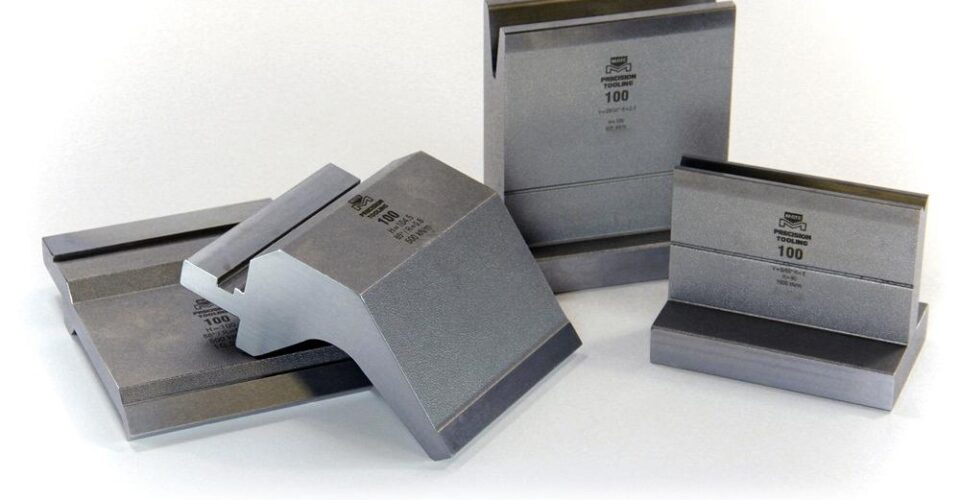


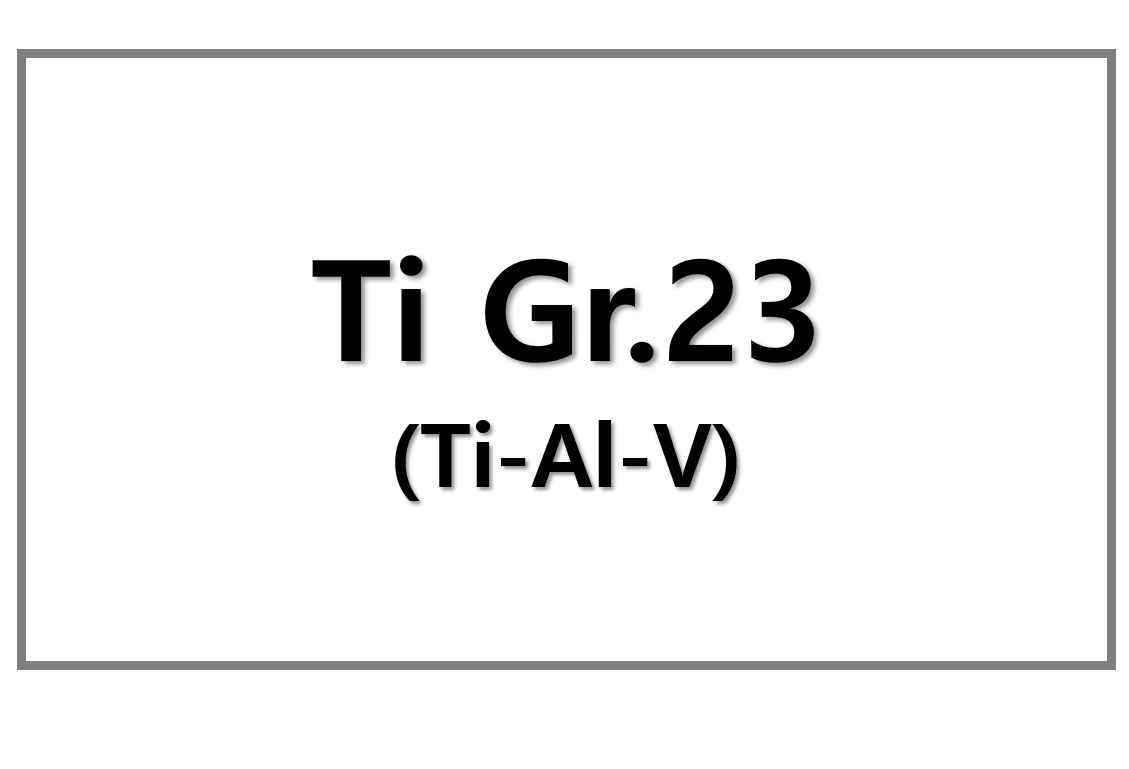
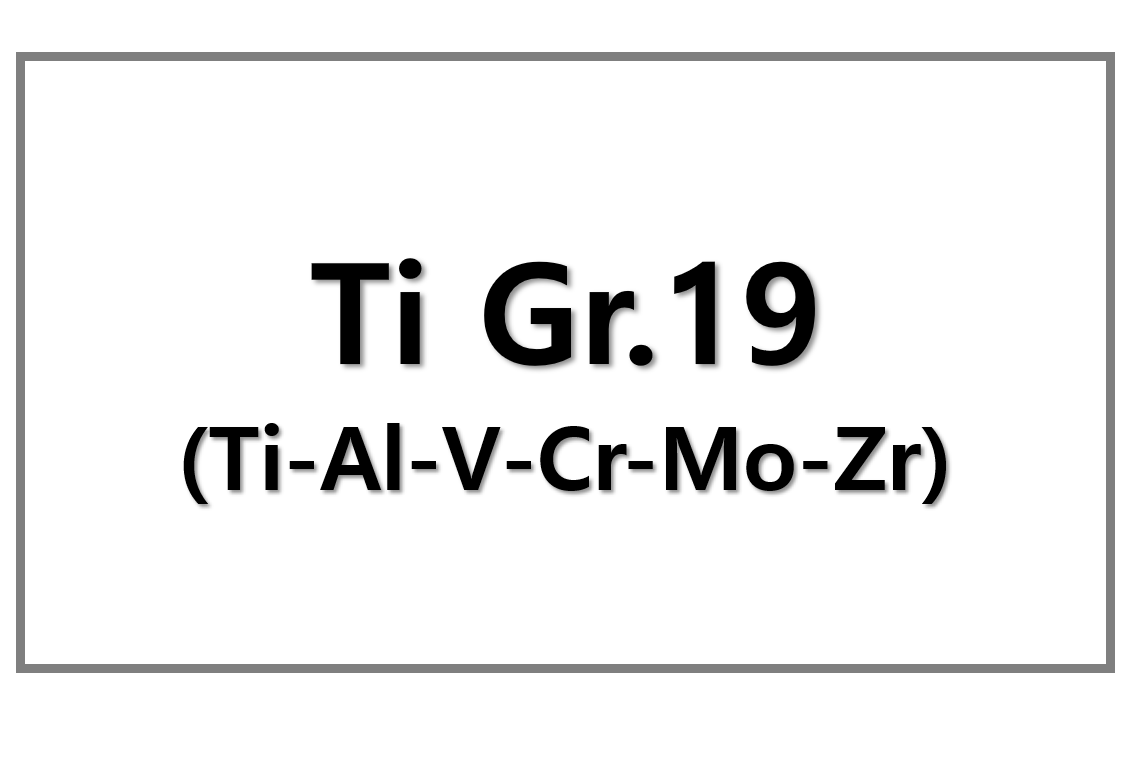
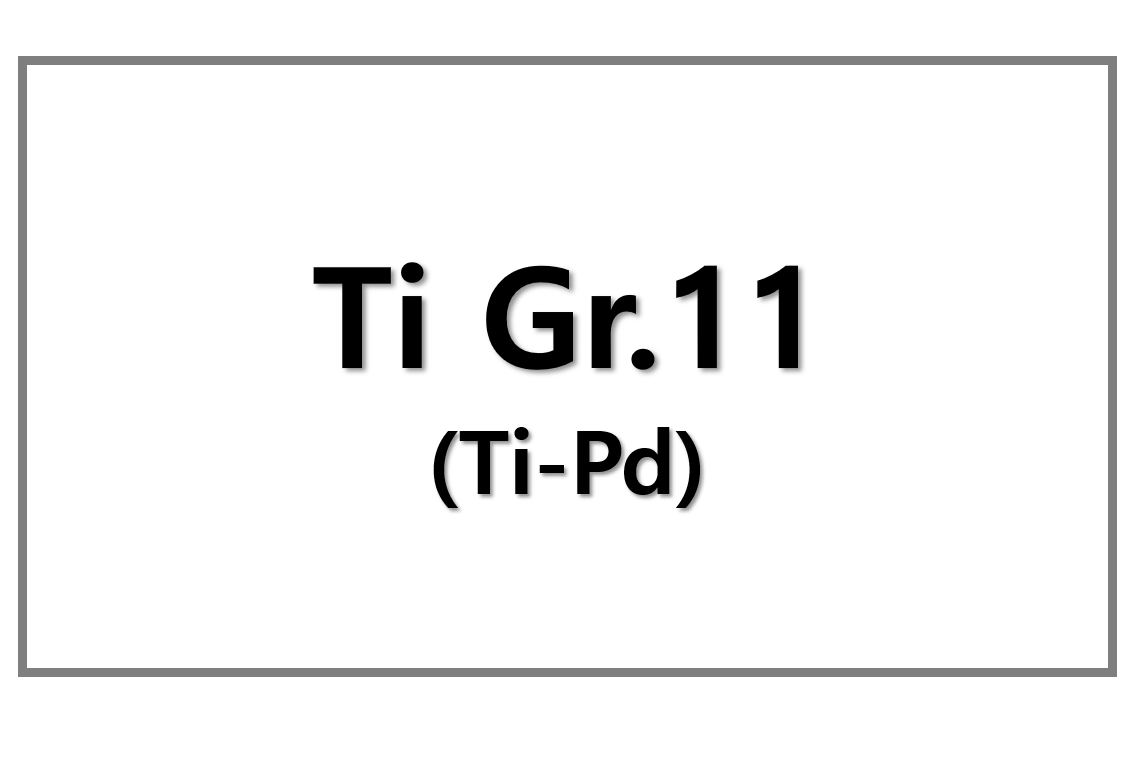
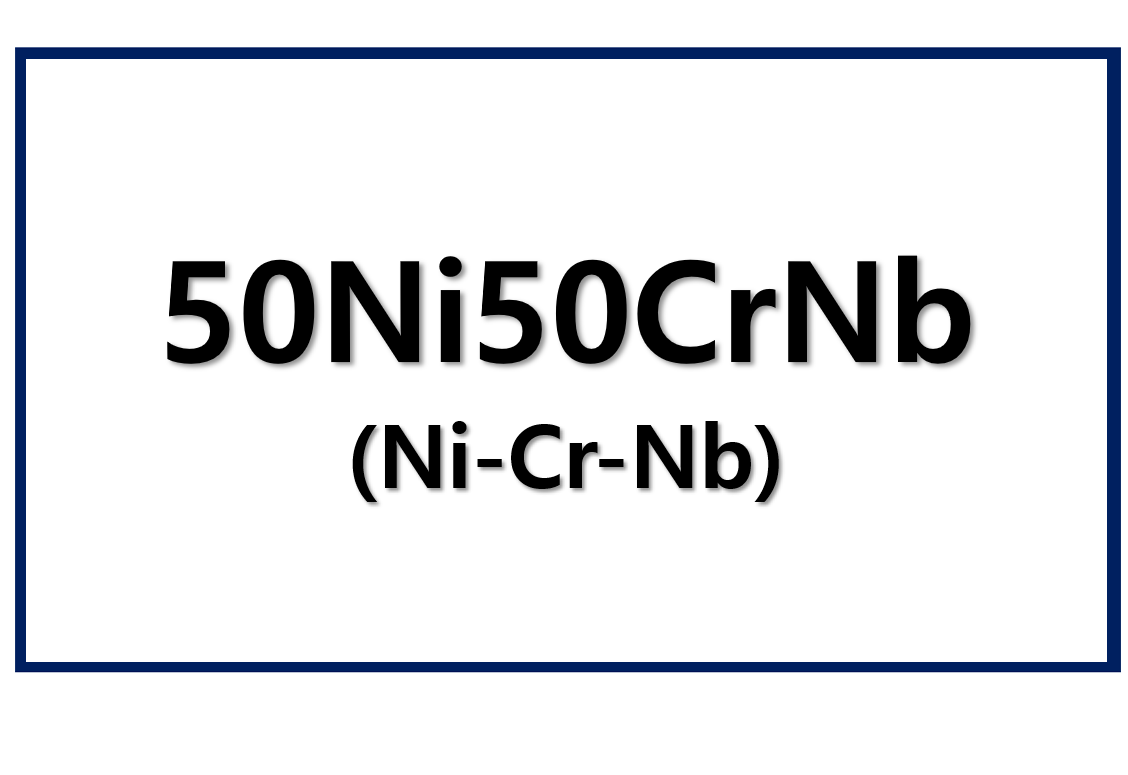
Leave a Reply
You must be logged in to post a comment.